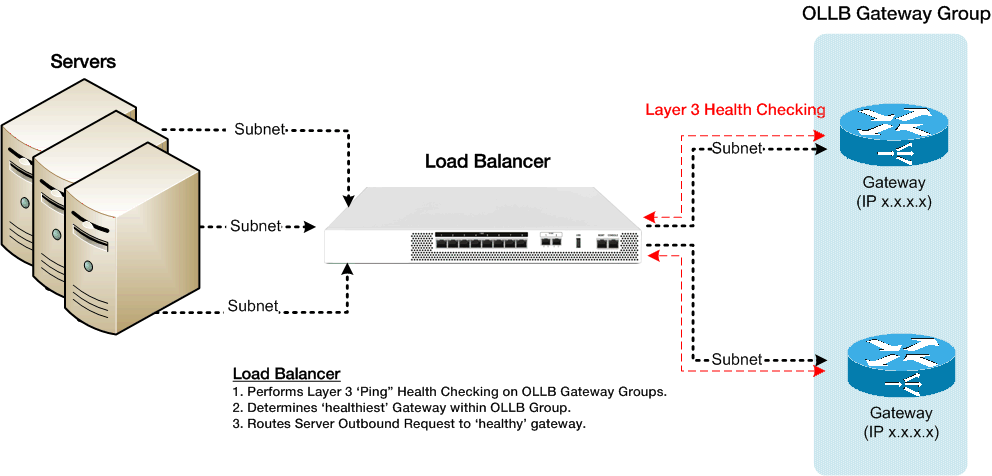Link Load Balancing is a term used to refer to traffic management initiated in a local area network that is predefined to traverse one of the WAN connections. A link load balancer is located at the LAN-WAN boundary
1. What is Load balancer?
Load balancing is the efficient distribution of incoming traffic on a group of backend servers, also known as server farm or server pool.
Modern high-traffic websites have to serve hundreds of thousands, even millions of concurrent requests from users or customers, and must respond accurately to text, images, videos or data. Application materials, all are done very quickly and reliably. In order to efficiently respond to large volumes of requests and responses in the most economical manner, the best practice is often to use additional servers.
A load balancer acts as a “traffic cop” in front of the server and routes client requests on all of the servers capable of executing those requests, in an optimal manner. speed and efficiency and ensure that no server is overactive. If a single server fails, the load balancer redirects traffic to the rest of the online servers. When a new server is added to the server group, the load balancer will automatically begin sending requests to this newly added server.
In short, a load balancer will perform the following key functions:
Efficiently deliver client requests or network loads across multiple servers.
Ensure high availability and reliability by sending requests only to online servers.
– Flexibly and easily add or remove servers on demand.
2. When to use the load balancer?
Load balancers are used when your website is deployed on more than one cloud server.
Here are two main difficulties you will encounter if you only deploy your website on a single server:
– It is impossible to guarantee the handling of the traffic volume of a large number of users accessing the website (large enough for a cloud server to not load).
Specifically, when your system has too many users, a single server cannot respond to huge requests sent at the same time. You need to share the work of the current server with one or more other servers. That is using multiple servers at the same time, at this point, the load of data from which server will be decided by the Load balancer.
– The availability of enterprise services is not guaranteed (if only one cloud server is used, when this cloud server has a problem, there is no server that can replace the unfinished processes. to website in downtime). Causes a loss and has a great impact on user experience, revenue, reputation and performance of the business.
That is why we have to deploy our website on multiple cloud servers at the same time, because there is no guarantee that one server will always run smoothly and perfectly forever. By deploying a lot, when the server fails, the remaining server is immediately a support plan, without interrupting the operation of the business. In fact, the losses caused by the shutdown of information systems are enormous and unpredictable.
However, when deploying the website to multiple servers, the efficiency is so, but you will definitely encounter the following difficulties:
- Deploy multiple cloud servers, which means you will own multiple addresses of cloud servers. Meanwhile, a domain website cannot point to multiple addresses at the same time.
- The more servers you own, the more complex and difficult the administration, deployment and maintenance becomes. Requires high expertise and technology, not to mention costs for these operations.
At this point, Load balancer is the answer and a great solution that can perfectly solve the above problems.
If you use BizFly Cloud Load balancer, you will NOT encounter the following common problems:
– Difficult implementation, time consuming.
– It takes a lot of effort to maintain the server installing LB.
– Cost depends on the server system where LB is installed.
– Difficult to expand, difficult to ensure service availability.
INFORMATION SOLUTIONS PROVIDER:

